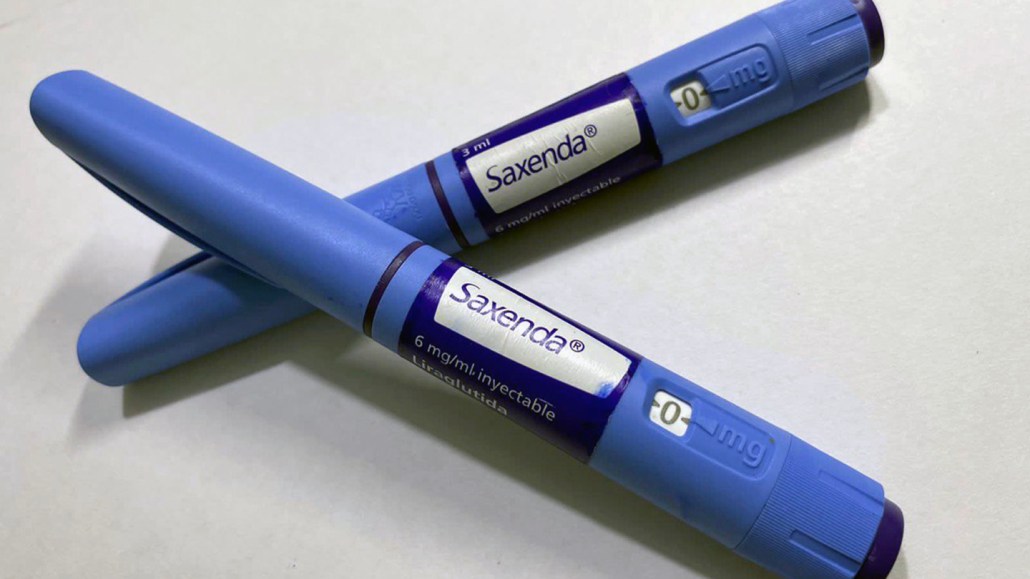Taking a weight-loss drug reduced a craving for opioids
Early results provide some evidence that drugs like Wegovy can tackle opioid addiction, too

Preliminary results from a small clinical trial suggest that liraglutide, a drug used to treat diabetes and obesity, could also be an effective treatment for substance use disorders. Saxenda (shown) is one of the brand names under which liraglutide is sold.
CristianCamiloAcevedoOrozco/Wikimedia Commons